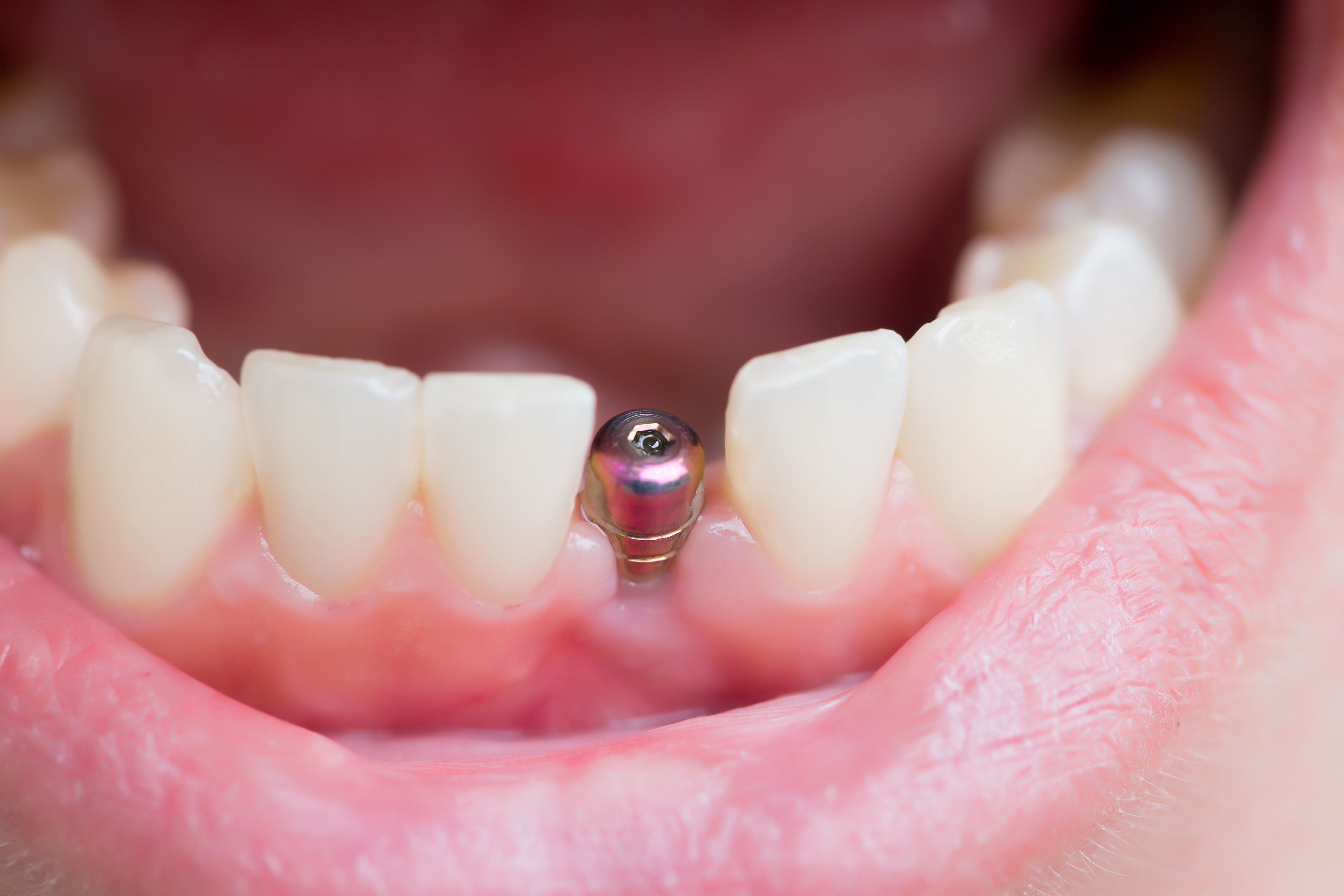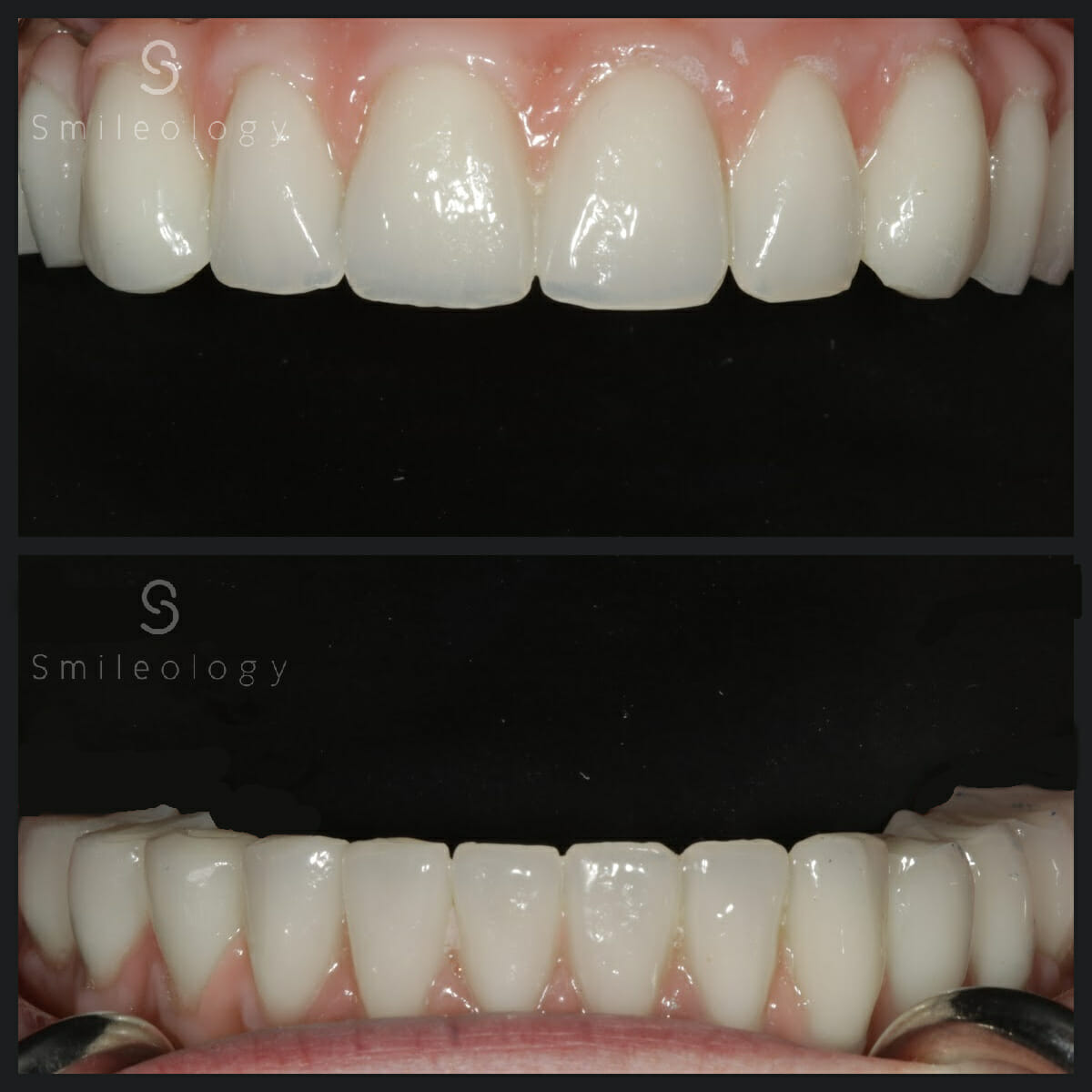Restore Capability and Visual Appeals: Dental Implants Kent Providers
Restore Capability and Visual Appeals: Dental Implants Kent Providers
Blog Article
Experience the most up to date Technologies in Dental Implants Innovation
As the area of dental care remains to advance, the innovations in oral implant technology have actually been nothing short of impressive. From using innovative products that boost resilience to the application of digital imaging for accurate placement, these advancements are changing the landscape of dental care. With minimally invasive surgical methods and the modification capabilities of 3D printing, individuals currently have access to customized remedies that were as soon as unthinkable. The assimilation of technology is transforming the functionality of dental implants, assuring enhanced end results and individual satisfaction.
Advanced Products for Boosted Durability
In the world of oral implants modern technology, the assimilation of sophisticated materials has actually substantially added to enhancing toughness and durability of these important dental prosthetics. The use of products such as titanium alloys, zirconia, and ceramic compounds has changed the area by providing increased strength, resistance, and biocompatibility to rust.
Titanium alloys are widely made use of in oral implants as a result of their extraordinary strength-to-weight ratio, deterioration resistance, and compatibility with the body. These alloys guarantee the security and long life of the dental implant by standing up to the pressures applied during chewing and speaking, supplying a reputable remedy for people looking for durable tooth replacements.
Zirconia, a kind of ceramic material, has gotten appeal for its biocompatibility and all-natural tooth-like look. Its high toughness and resistance to wear make it an appropriate option for dental crowns and bridges, enhancing the overall aesthetic appeals and performance of the dental implant.

Digital Imaging for Specific Positioning
The development of oral implants innovation has even more progressed with the integration of digital imaging strategies, making certain specific placement of these prosthetics for optimum practical and aesthetic end results. Digital imaging plays a vital role in the preparation and positioning of dental implants by providing comprehensive 3D images of the individual's jawbone framework. This innovation permits dental professionals to evaluate bone density, find essential frameworks, and prepare the exact placement and angle for implant placement with unparalleled accuracy.
By making use of digital imaging, dental practitioners can produce online medical overviews that serve as a roadmap during the implant placement procedure. These overviews are personalized for every patient, taking into consideration their unique anatomy and the preferred end result. This level of precision not only enhances the success rate of oral implant treatments however also decreases the risk of difficulties.
In addition, electronic imaging enables dental practitioners to imagine the last prosthetic remediation prior to the actual positioning of implants, permitting careful preparation and making sure that the outcome satisfies the patient's visual assumptions. Generally, the integration of electronic imaging innovation has changed the area of oral implants, offering people an extra foreseeable, efficient, and patient-specific therapy technique.

Minimally Intrusive Surgical Strategies


Innovations in medical strategies have actually brought about the development of minimally invasive techniques in the field of dental implantology. These methods intend to reduce trauma to the patient, shorten recovery times, and enhance total treatment end results. Minimally invasive medical procedures include smaller sized cuts, specialized tools, and advanced imaging modern technologies to precisely position dental implants with marginal disturbance to bordering cells.
One key facet of minimally intrusive techniques is using guided surgical procedure, where 3D imaging and computer-aided design software are used to plan the implant you can try this out positioning with terrific accuracy. This enables an extra foreseeable outcome and can often remove the need for extensive flap surgical procedure.
Furthermore, advancements in products and dental implant design have actually likewise added to the success of minimally invasive strategies. Implants with boosted surface area buildings advertise faster osseointegration, lowering the healing time required before the prosthetic remediation click site can be positioned.
3D Printing for Custom-made Solutions
Using 3D printing innovation in dental implantology enables the creation of very personalized services tailored to private client demands and anatomical variants. This cutting-edge modern technology makes it possible for dental experts to create and produce dental implants with extraordinary precision and precision. By making use of electronic imaging methods, such as cone beam computed tomography (CBCT), detailed 3D versions of the client's mouth can be created to guide the implant planning process.
One of the vital benefits of 3D printing in oral implantology is the capability to produce patient-specific implants that perfectly fit the one-of-a-kind composition of each individual. This customized approach assists improve the general success and longevity of the dental implant by making sure optimal fit and alignment. Furthermore, 3D printing enables the manufacturing of intricate geometries and elaborate frameworks that would be challenging or difficult to attain using conventional manufacturing techniques.
Moreover, 3D printing technology makes it possible for dental professionals to enhance the implantation process, reducing surgical procedure time and improving total patient experience. With its capacity to produce personalized services quickly and successfully, 3D printing is transforming the field of oral implantology, offering patients cutting-edge therapy alternatives and enhanced end results.
Integrated Technology for Improved Capability
Applying innovative technology in oral implantology boosts performance and precision, elevating the standard of take care of clients undertaking dental implant procedures. Integrated technology plays an essential role in enhancing the overall success and sturdiness this of oral implants. One crucial advancement is the assimilation of electronic scanning and imaging innovations, such as cone-beam computed tomography (CBCT) and intraoral scanners. These devices enable in-depth 3D imaging of the client's oral structures, helping with exact treatment planning and dental implant positioning.
Moreover, the combination of computer-aided design and computer-aided production (CAD/CAM) modern technology enables the creation of customized implant restorations with extraordinary accuracy. CAD/CAM systems make use of digital impressions to develop prosthetics that flawlessly fit the client's unique makeup, guaranteeing optimal convenience and performance. In addition, the use of robotic-assisted surgical procedure in implant positioning boosts precision and lessens the danger of human mistake.
Conclusion
Finally, the most up to date innovations in dental implants modern technology offer enhanced resilience via advanced materials, specific placement with digital imaging, minimally invasive medical techniques, customized options with 3D printing, and boosted capability with incorporated technology - Dental implants Kent. These innovations in dental implants technology are transforming the field and providing patients with even more effective and effective therapy choices for recovering their smiles and oral wellness
The combination of technology is revolutionizing the capability of dental implants, assuring enhanced end results and client complete satisfaction.
The advancement of dental implants modern technology has better advanced with the assimilation of digital imaging techniques, making certain specific placement of these prosthetics for optimum useful and visual results. Minimally intrusive surgical treatments include smaller incisions, specialized instruments, and progressed imaging technologies to specifically put dental implants with very little disruption to bordering tissues.
Applying innovative technology in oral implantology improves functionality and accuracy, raising the criterion of treatment for clients undergoing dental implant procedures. Dental implants Kent. Integrated innovation plays a critical role in improving the overall success and durability of dental implants
Report this page